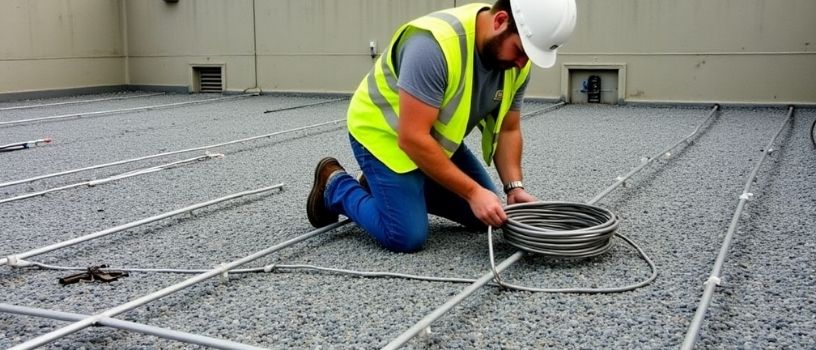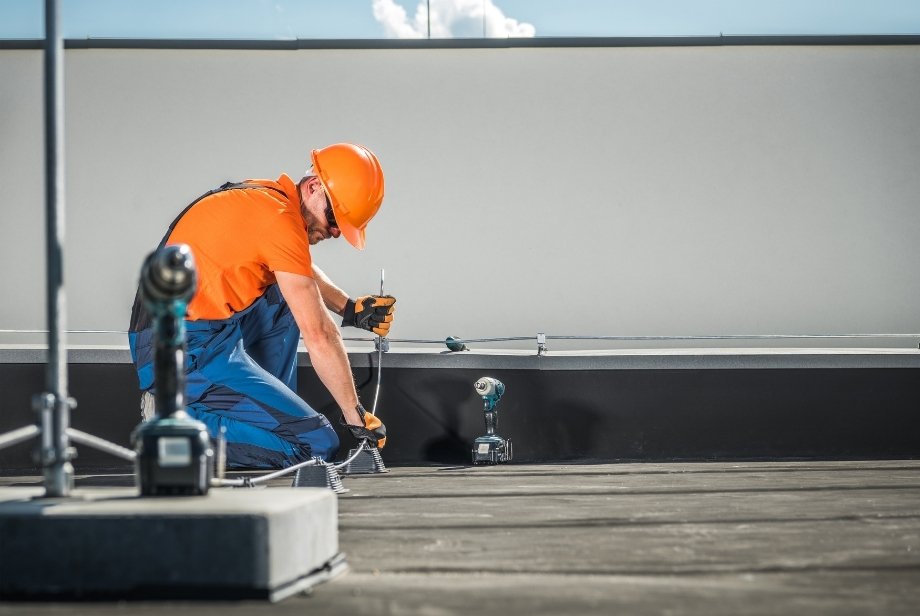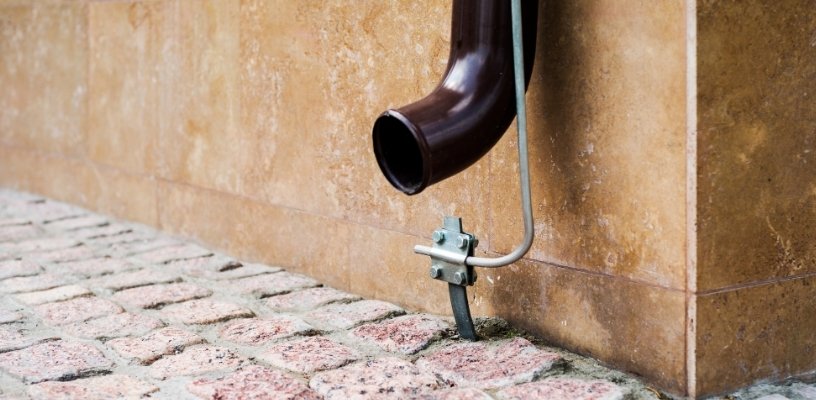
When lightning strikes, the consequences can be devastating. With the UK experiencing around 200,000 to 300,000 lightning strikes annually, protecting your property isn't just smart - it's essential. At Lightning Protection Testing UK, we provide comprehensive lightning protection system installation services in Highgate that keep your people, property, and equipment safe.
A lightning protection system is a carefully engineered network designed to safely conduct strikes away from your building and into the ground. These systems don't prevent strikes but instead provide a controlled path that protects your structure from damage.
Modern protection systems consist of three main components: air termination systems (like conductors), down conductors that channel the electrical energy, and earth termination systems that safely disperse the energy into the ground. When properly installed according to British Standard BS EN 62305, these systems can protect buildings from both direct strikes and dangerous electrical surges.


The average lightning-related insurance claim for commercial buildings in Highgate ranges from £25,000 to £75,000. But beyond the financial cost, strikes can cause fires, destroy electronic equipment, and put lives at risk. Structures over 15 metres in height face significantly higher risk, making protection even more critical.
Over 70% of lightning-related damage in Highgate actually comes from indirect strikes and surges entering through power lines rather than direct hits. This is why modern services include surge protection devices as standard practice.
Every system installation begins with a thorough site-specific risk assessment. What is BS EN 62305? We follow BS EN 62305-2 standards to evaluate your building's unique risk factors, including height, location, surrounding structures, and building materials.
Our engineers create detailed CAD-based system design schematics tailored to your property. We calculate current distribution and plan for proper integration with existing electrical systems. This isn't a one-size-fits-all approach, we design each protection system with precision and compliance in mind.
Read more on “at what height does a building require lightning protection?”
Our qualified engineers in Highgate handle every aspect of your installation. Can an electrician install lightning protection? We install external air termination systems, including air rods and mesh conductors positioned strategically on your roof and high points.
Down conductors are carefully routed down the building's structure and properly bonded to earth electrodes. For heritage or listed buildings, we offer discreet installation options that maintain aesthetic appeal while ensuring full protection.
We also install surge protection devices where needed and conduct thorough testing and commissioning according to BS EN 62305-3 standards. Is lightning protection a legal requirement? Every installation comes with complete documentation and proper handover.


For new construction projects, we work closely with architects and contractors in Highgate to integrate protection from the ground up. Early installation during construction is significantly more cost-effective than retrofitting later.
We ensure proper coordination with other building systems and maintain minimal disruption to construction schedules. Our team handles everything from initial design consultation through final testing and certification.
Many buildings in Highgate have outdated systems that no longer meet current safety measures. If your system was installed before 2006, it likely follows the old BS 6651 standard rather than the current BS EN 62305 requirements.
We assess existing systems for compliance gaps and modernize them to meet today's standards. This often involves replacing corroded components, upgrading undersized conductors, and integrating modern surge protection devices.
Protecting historic buildings in Highgate requires special expertise. We work within conservation guidelines to provide effective protection while preserving architectural integrity. Our discreet installation methods ensure your building's character remains intact.
Since 2006, all systems must comply with BS EN 62305, which replaced the older BS 6651 standard. This relevant British standard provides comprehensive guidance for risk assessment, system design, installation, and testing.
The British Standard BS EN 62305 consists of four parts covering protection principles, risk management, physical damage protection, and electrical systems protection. Compliance isn't optional - it's required for insurance coverage and building regulations.
Protection is mandatory for certain building types including schools, hospitals, care homes, and petrochemical facilities. Many insurers require installation and regular testing of compliant systems for high-value properties.


Modern lightning protection goes beyond traditional lightning conductors. Surge protection devices protect against electrical surges that can enter through power lines, telephone systems, and data networks.
We integrate surge protection devices at key entry points to create comprehensive protection. This protects sensitive electronics, prevents costly repairs, and ensures business continuity during storms.
Read more on “what is the difference between SPD and lightning protection?”

At Lightning Protection Testing UK, we provide more than just compliance — we deliver peace of mind.
All our engineers are trained and certified to current British lightning protection standards.
We serve commercial, industrial, and residential properties across the entire UK.
Fast inspections and repairs after storm activity or suspected lightning strikes.
Detailed test certificates and inspection records suitable for insurers and regulatory authorities.
From hospitals and schools to heritage-listed buildings — we’ve done it all.
A properly installed system requires regular testing to ensure continued effectiveness. We provide annual testing services using specialized equipment to verify system integrity.
Our testing covers earth electrode resistance, conductor continuity, and surge protection device functionality. We identify potential issues before they compromise your protection and provide detailed reports for insurance and regulatory compliance.








A lightning protection system is designed to safely channel lightning strikes into the ground using conductors, air terminals, and grounding rods. It prevents structural damage by diverting the electrical energy away from the building.
Needing a lightning protection system depends on your building's height, location, and risk profile. Properties in exposed areas or with sensitive equipment benefit most from installation.
Lightning protection system installation costs in the UK typically range from £1,500 to £5,000. Pricing depends on building size, access, complexity, and materials used.
Lightning protection systems are required in the UK where a risk assessment under BS EN 62305 deems it necessary. This applies especially to public buildings, schools, and industrial sites.
A lightning protection system should be inspected at least once every 12 months. Additional checks are needed after building alterations or severe weather events.
Lightning protection can be retrofitted to existing buildings without structural disruption. A tailored design ensures compliance with UK standards and building layout.